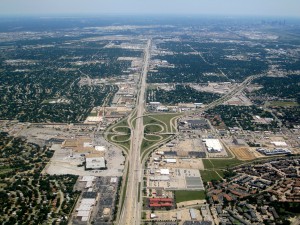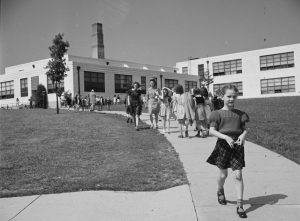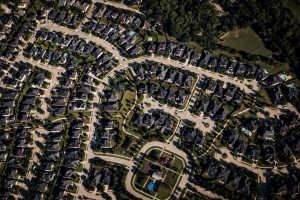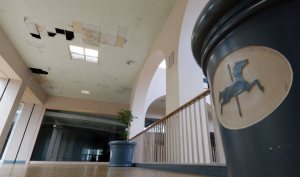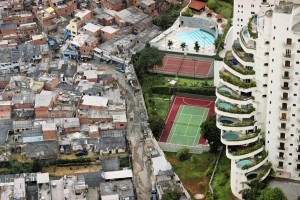Eight ideas for future-proofing the suburbs
Author: Alissa WalkerOutlet: CurbedPublished: November 11, 2019Link to Article Articles 0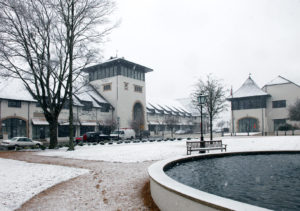 CURBED captures EIGHT IDEAS for rethinking suburbia, from eliminating single-family zoning to densifying sprawl to reducing carbon footprints. The results include undoing the long-term impacts of segregation and addressing the realities of rising poverty.
CURBED captures EIGHT IDEAS for rethinking suburbia, from eliminating single-family zoning to densifying sprawl to reducing carbon footprints. The results include undoing the long-term impacts of segregation and addressing the realities of rising poverty.
- WALKING
- EMISSIONS
- AGING
- LAWNS
- LAND USE
- POVERTY
- SCHOOLS
- ECONOMIC OPPORTUNITY
Article: curbed.com
Photo: Hampstead, AL
